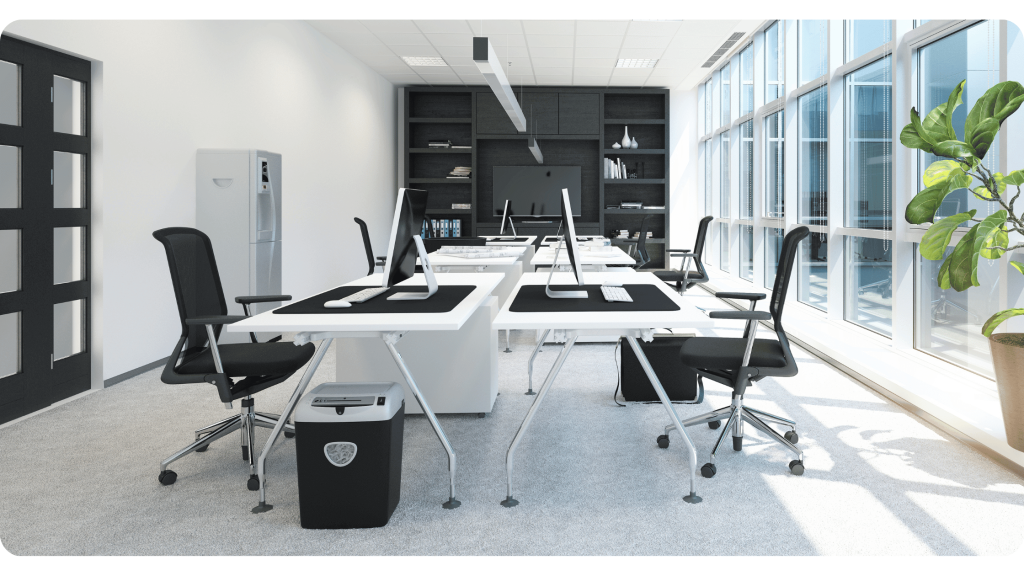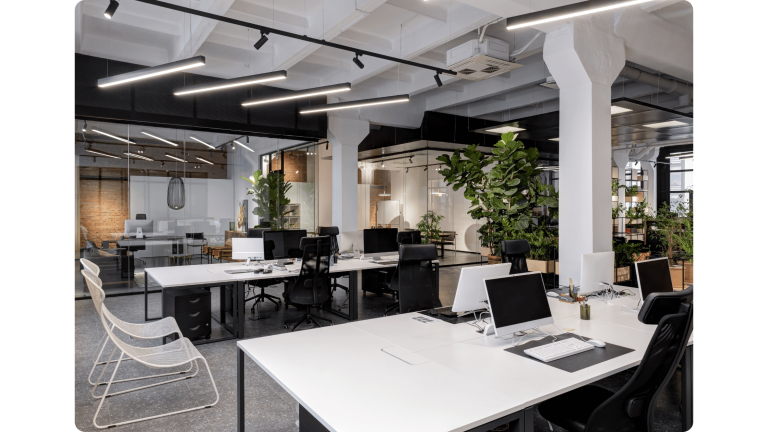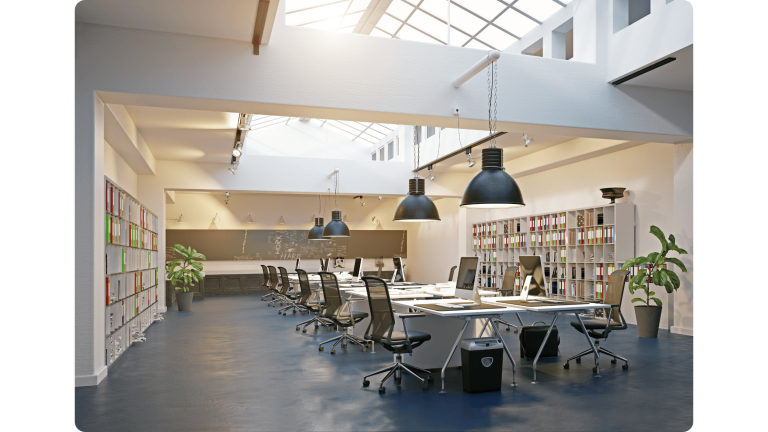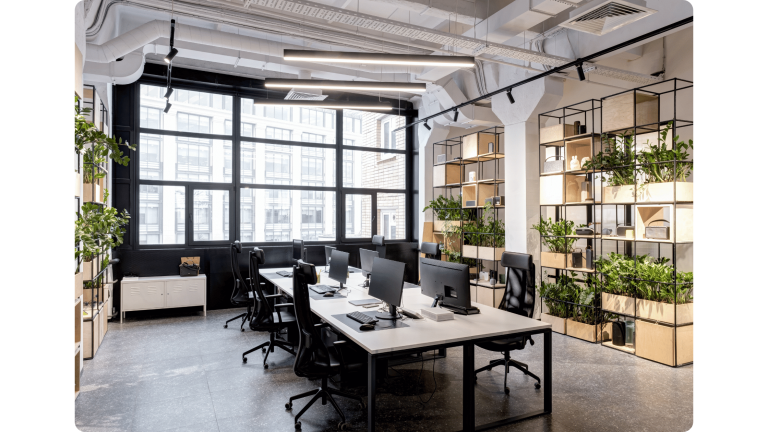
5 Signs Your Office Furniture Needs an Upgrade
Imagine walking into an office space where the chairs are squeaky, the desks are wobbly, and the entire space seems straight out of a decade-old movie. You’d likely want to turn around and walk right out. Why? Because the condition and style of office furniture significantly influence our perception of a workplace. It forms the first impression, sets the ambiance for productivity, and, importantly, plays a critical role in employee health and satisfaction. Therefore, having top-notch office furniture isn’t a luxury – it’s a necessity.
However, like everything else, office furniture is designed to only last for a while. Over time, wear and tear, evolving technological needs, changes in brand image, and many other factors can turn your once-perfect office furniture into a potential hindrance.
So how about when it’s time for an upgrade? This article aims to guide you in identifying the five key signs that your office furniture might need a replacement. We will delve into understanding the lifespan and critical role of office furniture, the importance of ergonomics, and much more to ensure your office remains a beacon of efficiency, productivity, and comfort. Let’s get started!
The Fundamentals of Office Furniture
Office furniture has various styles and functions, from chairs and desks to filing cabinets and conference tables. Each piece plays a crucial role in the daily operations of an office. Choosing suitable types of furniture can help improve productivity and overall employee satisfaction.
Impact of Office Furniture on Workplace Productivity and Health
Good office furniture doesn’t just make your office look professional; it also directly impacts your employee’s health and productivity. Ergonomically designed furniture reduces the risk of musculoskeletal disorders, while a well-organized office layout can enhance workflow and efficiency.
Sign #1: You're Feeling the Strain - Ergonomic Issues
Ergonomics refers to the science of designing and arranging things people use so that the people and things interact most efficiently and safely. In an office setting, ergonomics is crucial in reducing discomfort and preventing injuries related to prolonged sitting and repetitive tasks.
Common Health Problems Resulting from Poor Ergonomics
Poor ergonomics can lead to numerous health problems, such as back pain, carpal tunnel syndrome, and eyestrain. These conditions can affect employee productivity and lead to increased healthcare costs and absenteeism.
How to Tell If Your Office Furniture Is Causing Ergonomic Issues
Common signs of ergonomic issues include discomfort while working, fatigue, and persistent aches and pains. If multiple employees are experiencing similar issues, it might be time to reassess your office furniture.

Sign #2: It's Wearing Thin - Observable Wear and Tear
Each type of office furniture will show wear and tear differently. Chairs may lose their cushioning, desks might show scratches and dings, and cabinets may have broken handles or hinges. Regular inspections can help identify these problems before they affect productivity.
How Wear and Tear Impacts Your Office's Look and Feel
Worn-out furniture doesn’t just affect functionality; it also impacts the aesthetics of your office. A well-maintained office creates a positive impression on clients and employees, reflecting your commitment to quality and attention to detail.
Assessing Your Furniture: When Wear and Tear Crosses the Line
Wear and tear are normal, but when furniture begins to break down or become hazardous, it’s time to consider an upgrade. Broken chairs or desks not only reduce productivity but can also pose a safety risk.
Sign #3: Technology Has Left It Behind
As technology has evolved, so has office furniture. Modern office furniture is designed to accommodate laptops, smartphones, and other tech devices. Ignoring this evolution can leave your office looking outdated and inefficient.
Problems Caused by Furniture That's Not Tech-Compatible
Furniture incompatible with modern technology can lead to a cluttered workspace, inefficient workflows, and an increased risk of equipment damage. Additionally, it can create potential health risks, such as neck strain from looking down at screens or wrist pain from improper keyboard placement.
Identifying Furniture That's Out of Step with Modern Technology
If your furniture lacks integrated cable management, doesn’t accommodate standing desks, or fails to support the latest tech devices, it’s probably time for an upgrade.

Sign #4: It No Longer Fits Your Brand
Your office furniture says a lot about your brand and company culture. It can communicate your values, professionalism, and commitment to employee well-being. Therefore, your furniture must align with your brand identity.
Evaluating If Your Office Furniture Reflects Your Current Brand Identity
If your company has evolved (as most do), it’s worth considering whether your office furniture has kept pace. Does it reflect your current brand and values, or is it stuck in the past?
The Cost of Not Upgrading Outdated Furniture on Your Brand Image
Hanging on to outdated furniture could be costing you more than you think. It can create a negative impression on clients and potential hires, hindering your growth and success.
Sign #5: Decreased Functionality and Efficiency
The layout of your office furniture plays a significant role in workflow efficiency. An effectively designed office promotes collaboration, reduces unnecessary movement, and supports individual focus.
Telltale Signs of Decreased Functionality in Your Office
If your office seems cluttered, if employees are frequently moving around to find a comfortable place to work, or if essential resources aren’t readily accessible, your furniture layout might be lacking functionality.
The Impact of Functionality Issues on Employee Morale and Productivity
An efficient office layout can increase satisfaction, morale, and productivity. Upgrading your office furniture can address these issues and create a more positive and efficient work environment.

Upgrading Your Office Furniture
Upgrading your office furniture involves assessing your current needs, researching options, and making informed decisions. Consider factors like ergonomics, durability, flexibility, and aesthetics, as well as the requirements and preferences of your employees.
Top Trends in Office Furniture to Consider in Your Upgrade
Current trends in office furniture include flexible and modular designs, ergonomic features, and eco-friendly materials. Incorporating these elements can help create an office that’s comfortable, efficient, and aligned with your brand.
Conclusion
Recognizing the signs that your office furniture needs an upgrade is the first step toward a more efficient and comfortable workspace. Whether it’s ergonomic issues, wear and tear, technological incompatibilities, brand misalignment, or decreased functionality, addressing these issues can significantly improve your office environment.
Upgrading your office furniture can have a transformative effect on your business. It can improve productivity, reduce health issues, and enhance your brand image, making it a worthwhile investment for any company.
Frequently Asked Questions (FAQs)
What is the average lifespan of office furniture?
The average lifespan of office furniture can vary depending on the type and quality. Generally, office chairs and desks can last 5 to 15 years.
How do I know if my furniture is ergonomically sound?
Ergonomically sound furniture promotes good posture, supports frequent movements, and allows adjustments to suit individual needs. If your furniture doesn’t offer these features, it may not be ergonomically sound.
How often should I assess my office furniture for wear and tear?
Regular inspections (at least once a year) can help identify wear and tear before it impacts productivity or safety. However, addressing any visible issues immediately is advisable, regardless of the timing.
How can office furniture reflect my brand identity?
Office furniture can reflect your brand identity through its style, quality, and layout. It can communicate your brand values, professionalism, and commitment to employee well-being.
What are the top trends in office furniture design to consider during an upgrade?
Current trends include:
- Flexible and modular designs.
- Ergonomic features.
- Eco-friendly materials.
- Furniture that supports technology integration.